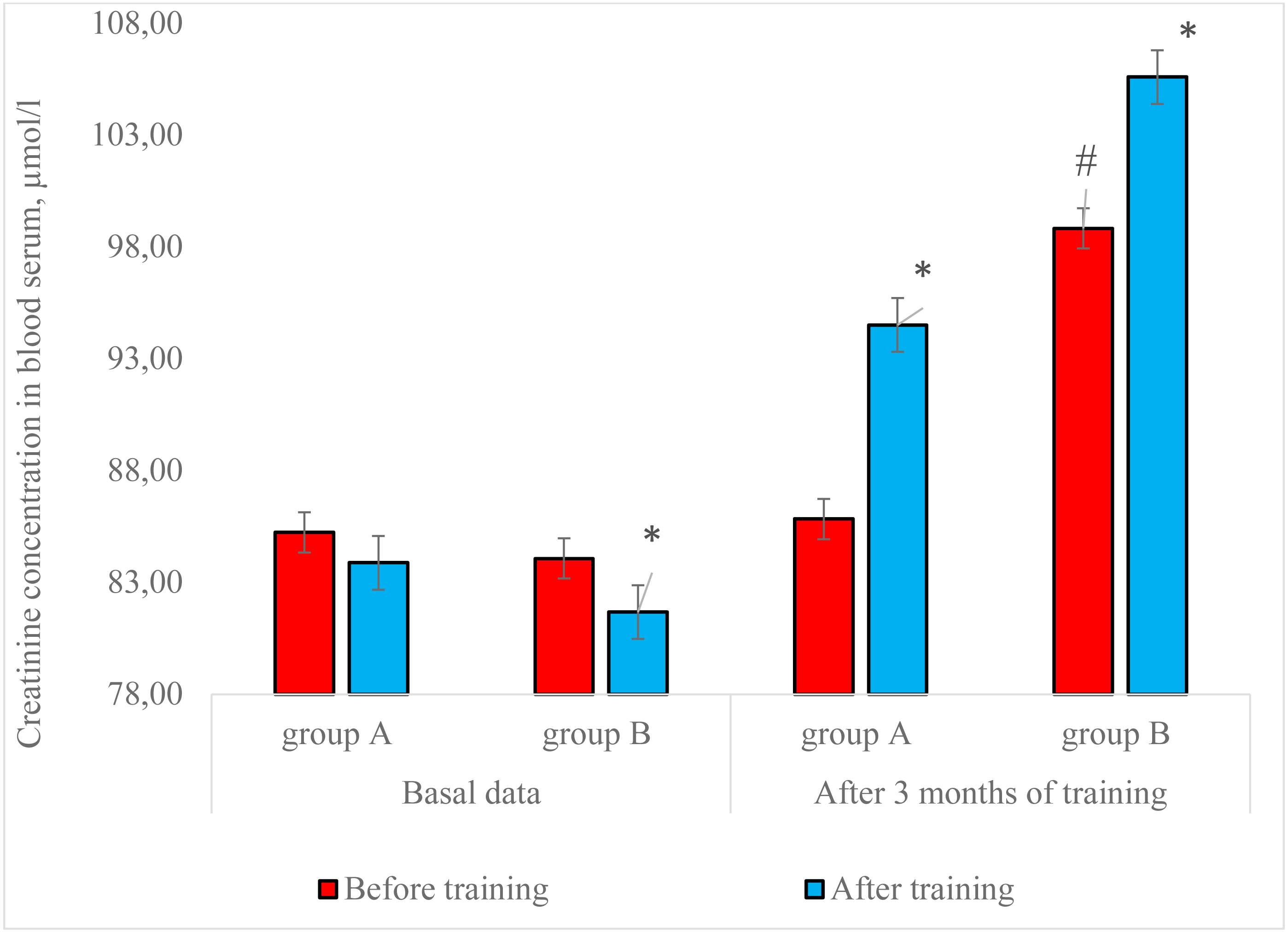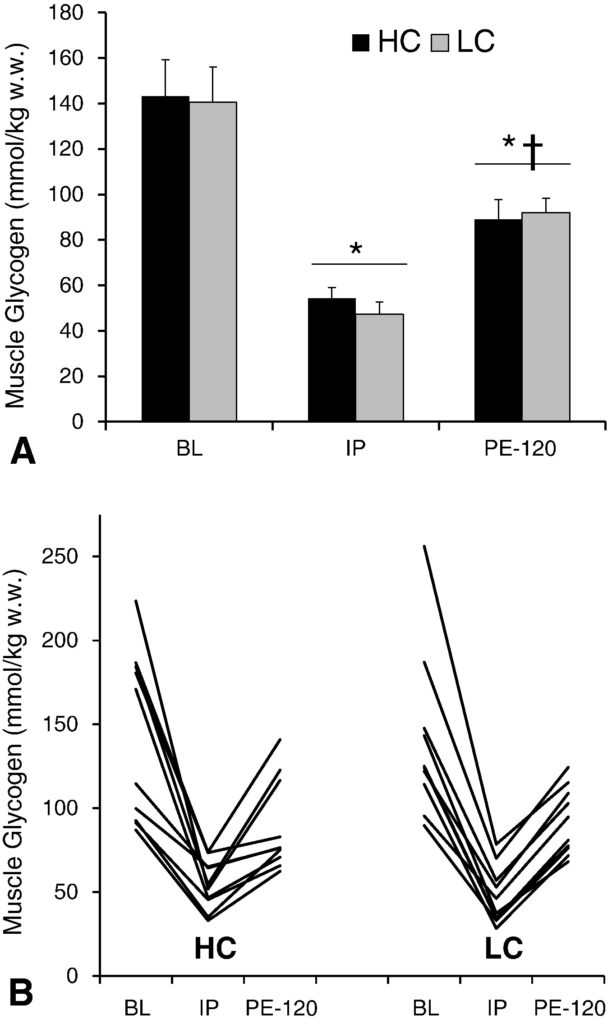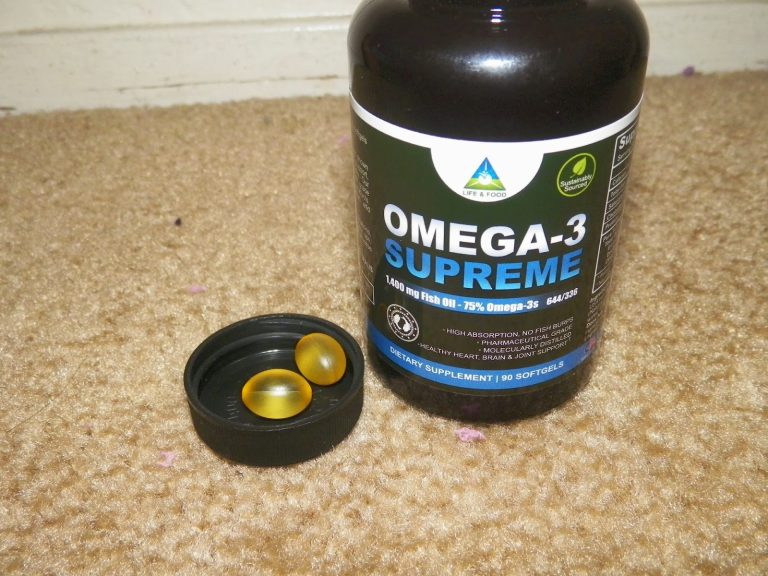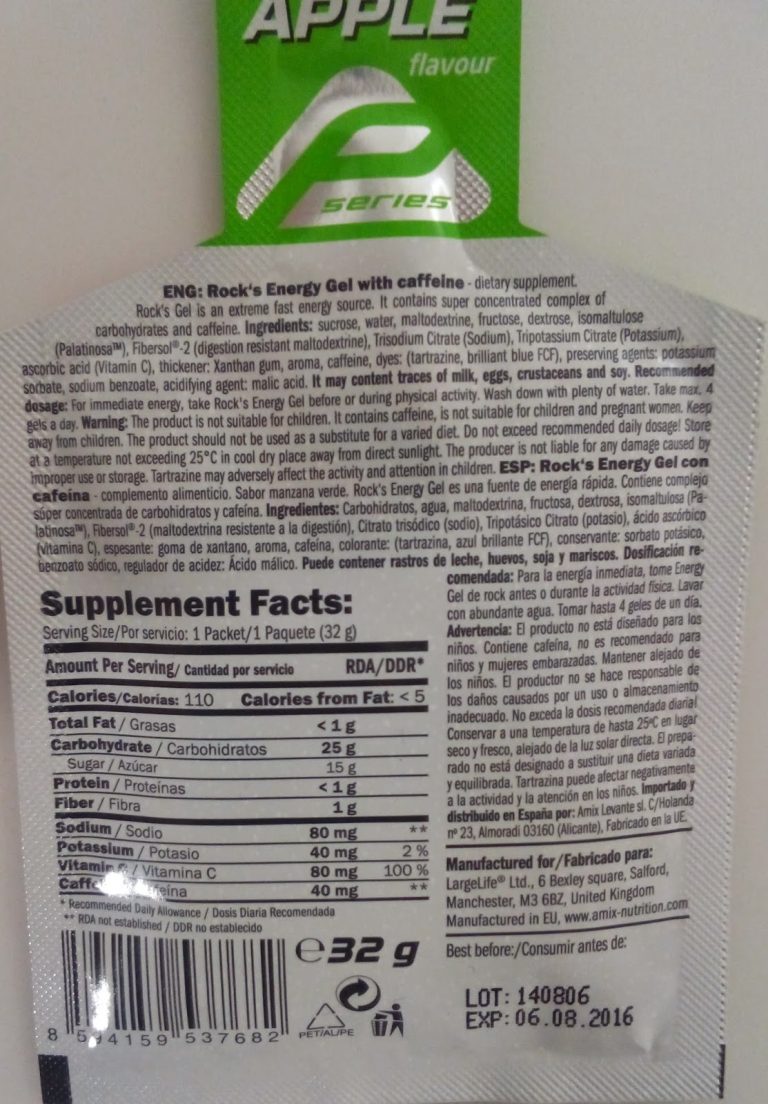Creatine Supplementation: Boosting cycling performance
Introduction
Creatine supplementation has emerged as a popular ergogenic aid in the world of sports, promising enhanced performance across various disciplines. For cyclists, particularly those focused on endurance and high-intensity cycling, incorporating creatine into their regimen can be incredibly beneficial. Understanding how creatine impacts cycling performance, from improving energy production to enhancing muscle recovery, is crucial for any cyclist aiming to push their limits. This article delves into the science and strategies behind using creatine to optimize cycling efficiency, tackle cycling fatigue, and boost overall endurance cycling capabilities.
Main Body
Training Techniques for Cyclists
Cycling training requires a robust mix of endurance, speed, and strength. Integrating creatine supplementation into your routine can significantly enhance cycling performance by aiding anaerobic power and energy production. For cyclists, especially those engaging in high-intensity cycling sprints or uphill climbs, creatine helps replenish creatine phosphate stores, allowing for sustained exertion and less muscle fatigue.
When considering creatine loading, the typical starting point is a creatine dosage of about 20 grams per day divided into four doses, for 5-7 days. This phase saturates your muscles with creatine monohydrate, making it essential to pair this with a structured cycling training regime.

Best Nutrition Practices for Cyclists
Nutrition plays a pivotal role in cycling performance, influencing everything from cycling stamina to muscle recovery. For cyclists incorporating creatine into their diet, maintaining a balanced intake of carbohydrates, proteins, and fats is essential for maximizing creatine absorption. Carbohydrates aid in shuttling creatine into muscle cells, enhancing muscle strength and cycling endurance.
Including lean protein and healthy fats supports muscle mass in cyclists, aiding in both recovery and prolonged high-intensity cycling. Adequate hydration is also crucial, as it helps optimize exercise performance and prevents potential creatine side effects like muscle cramps.
Cycling Safety Tips
While enhancing cycling efficiency with supplements like creatine, safety should never be compromised. Ensure your bike is in top condition with regular maintenance checks, including brakes, tires, and gears — key for optimizing cycling techniques and avoiding mishaps.
Couple this with proper cycling gear, like helmets and reflective clothing, to ensure visibility and protection on the roads. Safe cycling not only improves your overall experience but also complements your performance as you push your limits with added endurance.
How to Choose the Right Cycling Gear
Selecting the right cycling gear is as important as the training itself. Opt for gear that enhances comfort and performance: aerodynamic helmets, breathable clothing, and efficient shoes are must-haves for any serious cyclist.
Handlebar grips and padded shorts can also improve cycling endurance by reducing discomfort during long rides. When investing in cycling gear, consider options that support your performance goals, from reducing drag to offering better control and power-based training capabilities.

Cycling Cadence and Performance Metrics
Cadence, the speed at which a cyclist pedals, is a key performance metric. Measuring cadence helps gauge your cycling efficiency. Power meters and heart rate monitors are invaluable tools for tracking progress, understanding energy production, and optimizing cycling workouts.
For cyclists focusing on mental resilience, monitoring these metrics can also aid in interval training for cycling, where one alternates between high and low intensity. This technique helps balance anaerobic and aerobic stamina, making it crucial for those leveraging creatine’s benefits in cycling performance.
Advanced Techniques: Power-based Training and Interval Training
Power-based training is becoming increasingly popular among competitive cyclists. By understanding your power output in watts, you can tailor workouts to improve both short bursts of speed and prolonged effort. When combined with creatine benefits, your anaerobic and aerobic systems work more efficiently, enhancing overall performance.
Interval training, on the other hand, focuses on alternating between intense bursts and recovery periods, making it ideal for improving VO2 max and cycling endurance. The addition of creatine aids these adaptations by boosting muscle recovery, ensuring cyclists can push harder during workouts and see greater gains.
Data, Metrics, and Studies
Studies have shown that creatine supplementation can lead to improvements in anaerobic power and cycling endurance. Research indicates that cyclists who took creatine monohydrate experienced enhanced peak power by up to 5-15% in high-intensity situations. Furthermore, creatine aids in reducing cycling fatigue by maintaining ATP levels during exhaustive rides.
Using power meters can enhance performance tracking, allowing cyclists to measure incremental improvements and adjust training accordingly. Incorporating creatine into this data-driven approach ensures more targeted and effective cycling efficiency enhancements.
User Intent and Benefits
For those asking how to improve endurance or optimize cycling workouts, creatine represents a promising option. Its ability to facilitate muscle phosphate replenishment supports sustained high-intensity efforts and protected energy reserves.
Creatine’s benefits extend beyond just physical enhancements. Many cyclists find that creatine not only boosts their performance but also aids their mental resilience, allowing them to endure longer sessions with improved focus and reduced fatigue.
Conclusion
Implementing creatine supplementation for cycling performance is not just about physical advantage; it’s about smarter training and recovery. By understanding its benefits, dosages, and implementation alongside practical cycling techniques, cyclists can unlock new performance potentials. Whether you’re striving to conquer an uphill race or seeking those extra watts in power-based training, the strategic use of creatine can become your prized ergogenic aid. So why not integrate these insights and share your experiences below? With data-backed benefits, let creatine be your next step to cycling mastery.
FAQs
1. Does creatine improve cycling stamina?
Yes, creatine improves cycling stamina by enhancing energy production and replenishing ATP levels, allowing cyclists to sustain high-intensity efforts longer.
2. What is the best creatine dosage for cyclists?
Cyclists typically start with a loading phase of 20 grams per day, divided into four doses, for five to seven days. This is followed by a maintenance dose of 3-5 grams per day.
3. Can I use creatine alongside other supplements?
Yes, creatine can be used alongside other supplements, like carbohydrate-based energy drinks, to maximize creatine absorption and support overall cycling nutrition.
4. Are there any side effects of creatine for cyclists?
Common side effects include bloating and muscle cramps. Staying hydrated and following appropriate dosing can mitigate these effects.
5. How does creatine impact cycling fatigue?
Creatine helps reduce cycling fatigue by maintaining higher levels of ATP, delaying the onset of muscle fatigue during intense cycling sessions.
By implementing these strategies and understanding the science behind creatine, cyclists can set themselves up for success, making every ride more efficient, powerful, and enjoyable.





